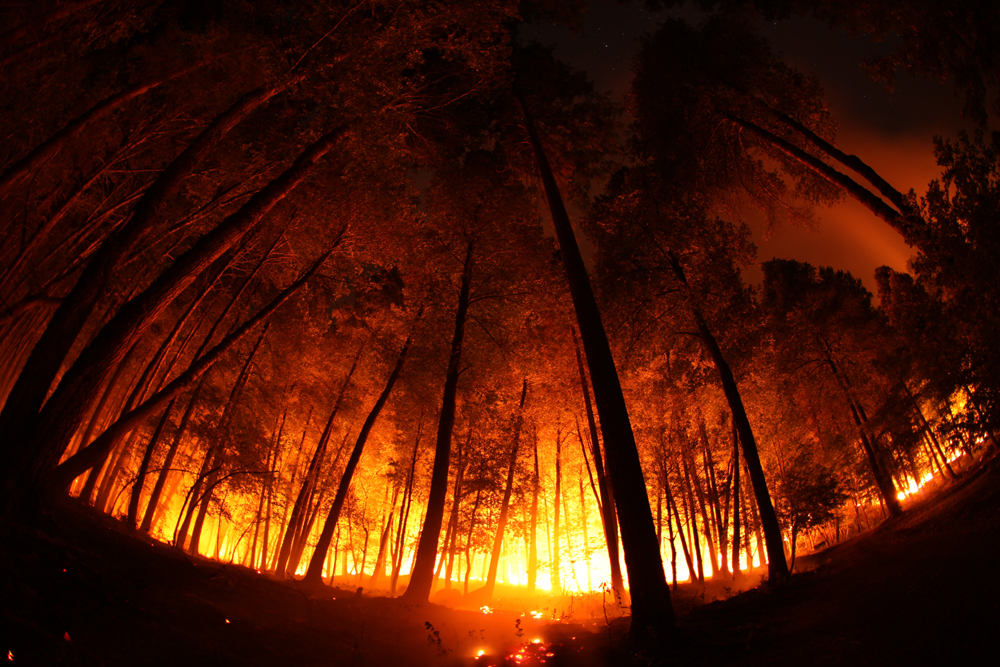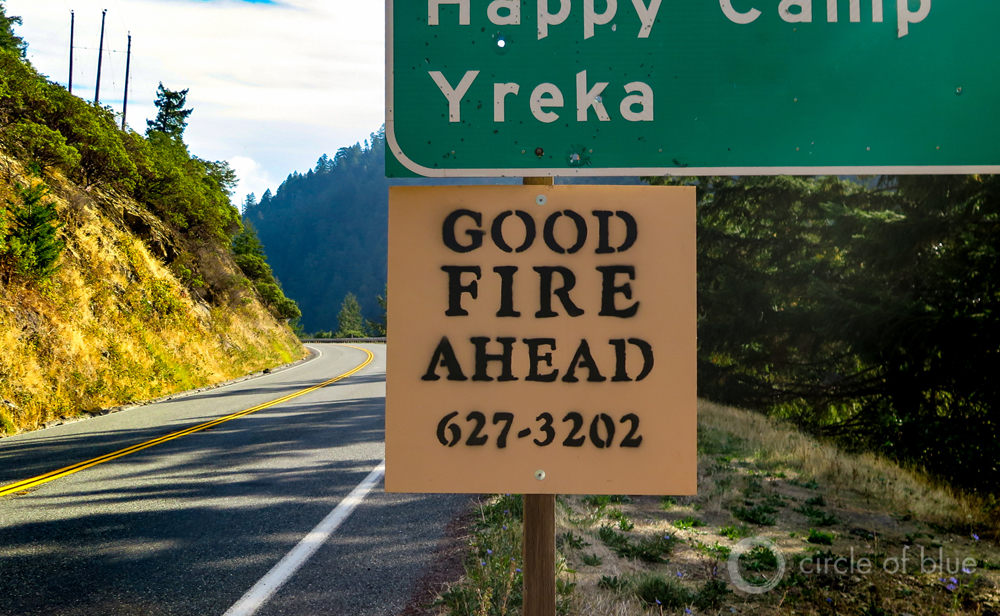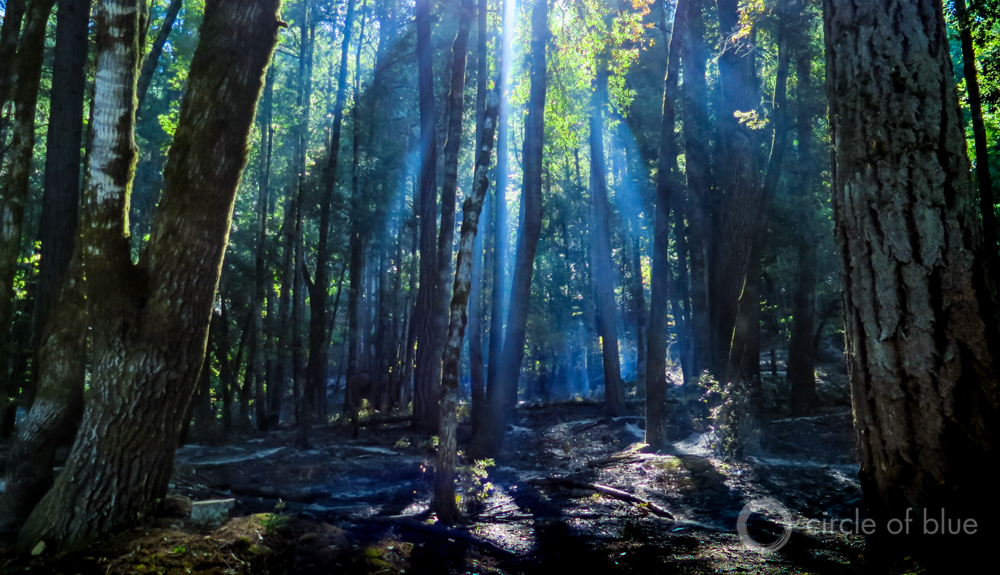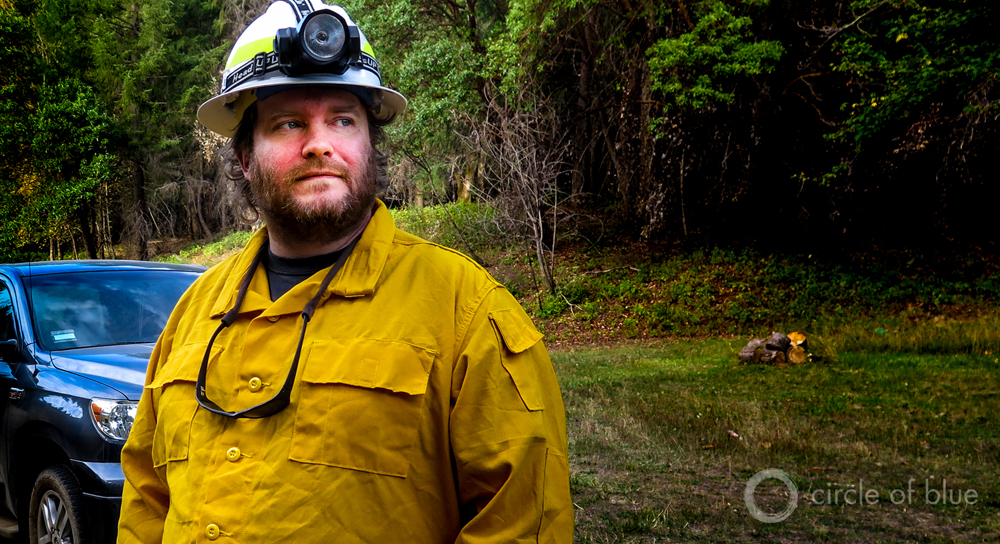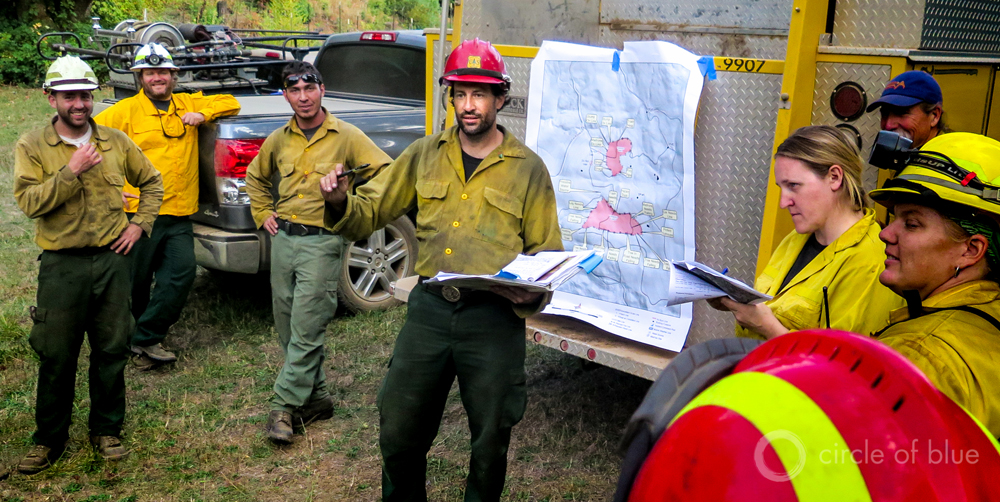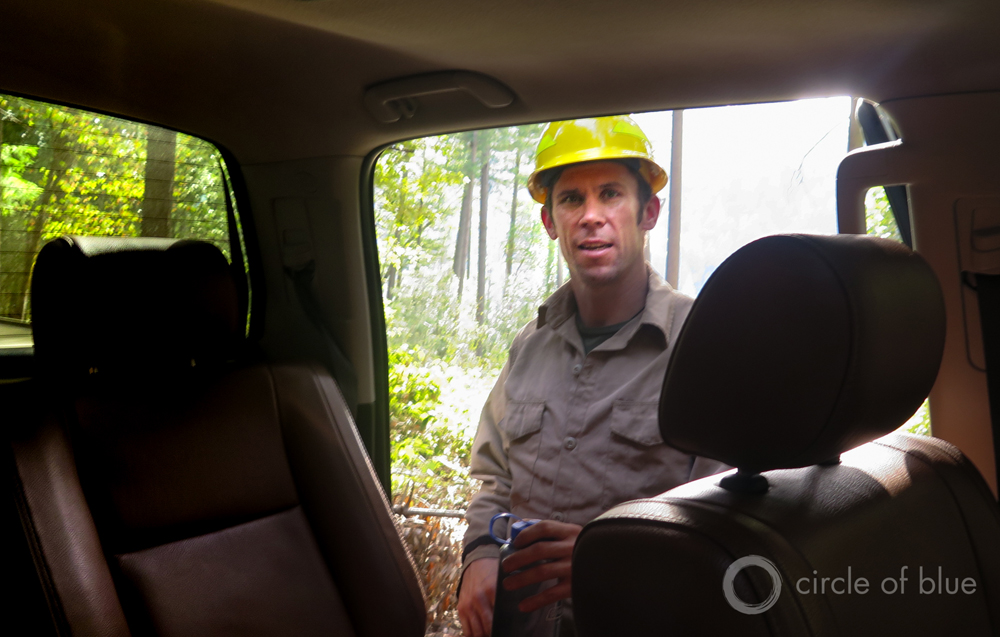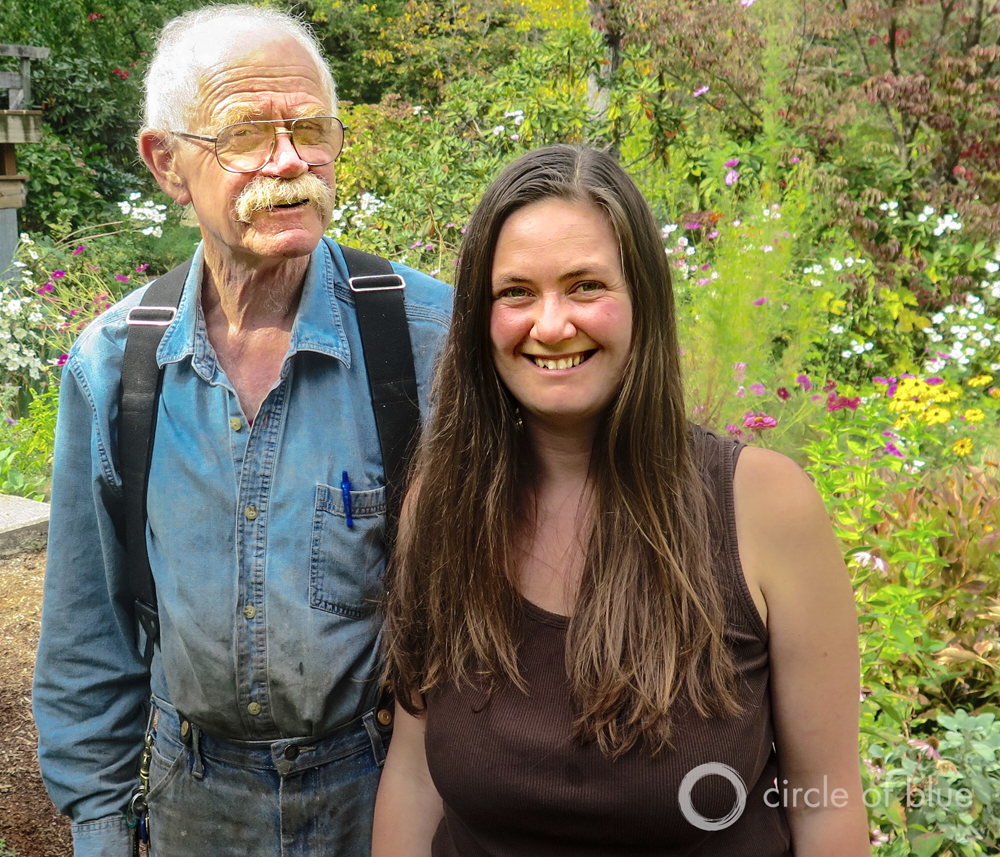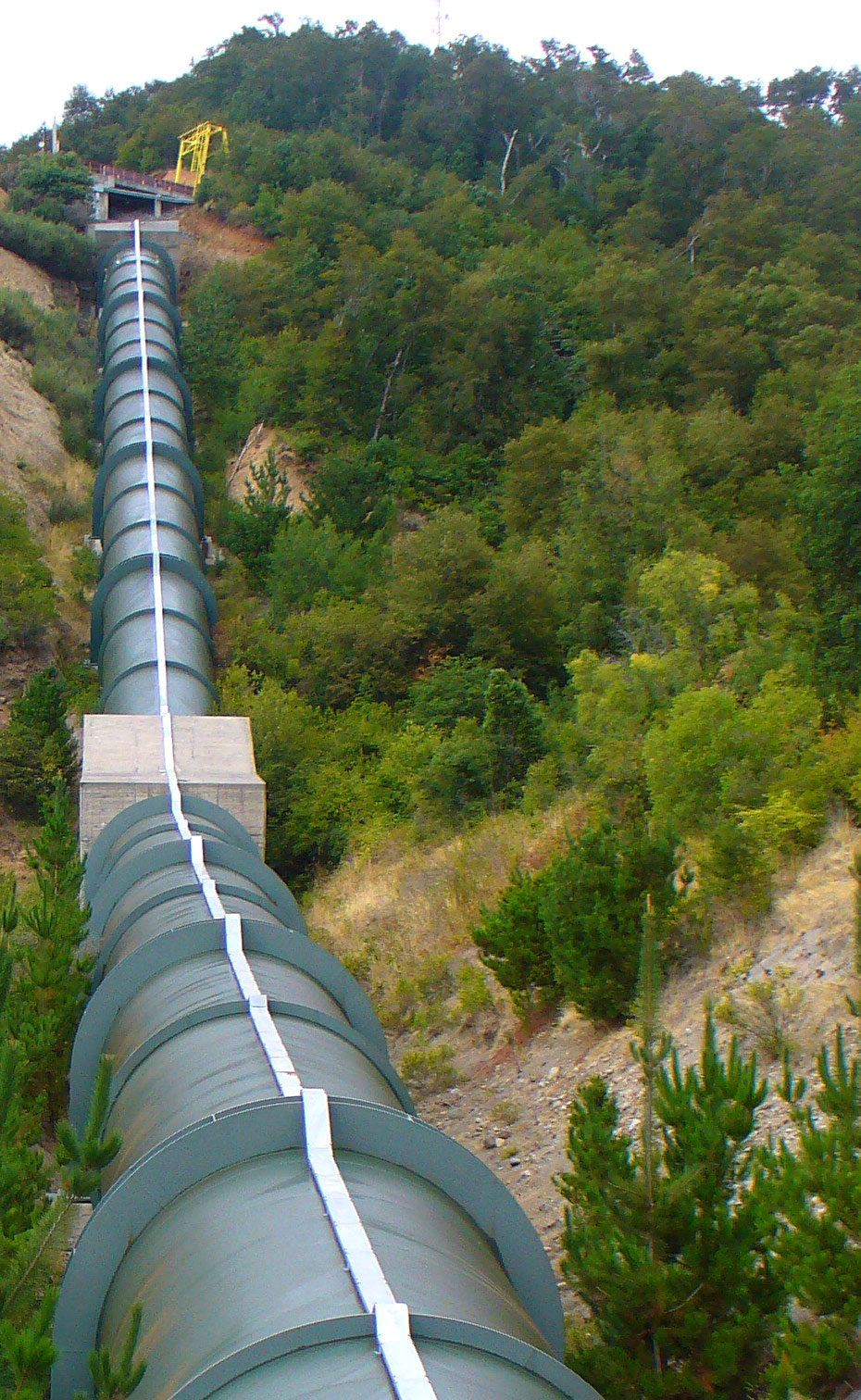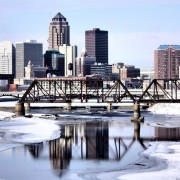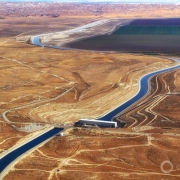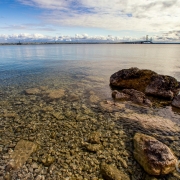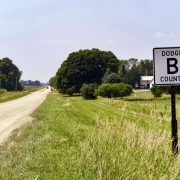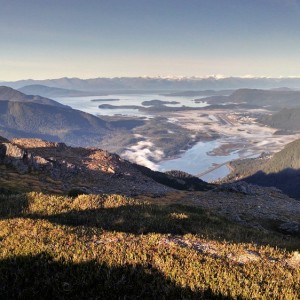Lighting Small Fires As Cure to Catastrophic Blazes in California
Prescribed burns tested in Klamath Mountains.
By Keith Schneider
Circle of Blue
ORLEANS, Ca. — The United States Forest Service, which owns much of the steep and heavily forested Klamath Mountain Range along California’s North Coast, said in a report last summer that the western fire season is now 78 days longer than it was in 1970.
That is evident in October in California as wildfires still burn. The state has reported 5,741 fires this year that burned 124,000 hectares (306,000 acres). That’s 1,700 more fires and 81,000 more burned hectares (200,000 acres) than the average 10-month fire damage of the previous five years, according to Cal Fire, the state’s firefighting agency.
Hotter, drier, longer fire seasons, according to the National Interagency Fire Center, a statistical federal clearing house, are contributing to bigger fires that incinerate more land. It has been little more than a month since the Valley Fire north of San Francisco was brought under control. Officially ranked as the third most damaging in California’s history, the Valley Fire killed four people, burned 31,000 hectares (76,000 acres), and destroyed 1,970 structures.
Here along wilderness rivers and shaded by the tinder dry canopies of towering trees, residents explain that catastrophic fires are an expensive and dangerous annual threat. The Forest Service’s cost to fight wildfires — $US 1.1 billion in 2014 — is now half of the agency’s fiscal budget, up from 16 percent in 1996. When included with the money spent by the Department of the Interior, the Federal Emergency Management Agency, and states, the nation is spending almost $US 2 billion annually on battling wildfires, most of it in the West and Alaska.
People here are not shy about asking whether all the money spent on trucks and bulldozers, helicopters and flying tankers does much more than support a growing western industrial business sector, manned by private contractors and tens of thousands of firefighters.
“They’re putting people out there to bring fires under control,” said Nadine Bailey, the chief operations officer of the Family Water Alliance, a non-profit conservation group based in Maxwell. “But some of these fires you can’t fight. You’ll kill people if you try. You have to anticipate the big fires and reduce some of the fuel that’s out there.”
Like so much of the ecological distress that challenges California now, the big wildfires illustrate the consequences of 20th-century attitudes about mankind’s view of dominion over nature, in this case the capacity to control fire in the West. But the idea that natural cycles of fire can be managed has collided with the Earth’s powerful and truculent 21st-century response.
In the first 10 months of 2015, wildfires consumed 3.7 million hectares (9.3 million acres), most of it in Alaska and the West, according to the National Interagency Fire Center. That is 1.2 million hectares (3 million acres) more than the 10-month average fire losses from 2005 to 2014.
The two-lane highways that provide access to the western slopes of the Klamath range are portals through the blackened geography of wildfire. Entire slopes that once supported forests of centuries-old trees are discouraging tableaus of burned branches and grey ash. It is plain in this rugged land which side is losing.
“The wildfires are filling in the blanks on the landscape where wildfires haven’t burned in over 100 years,” said Will Harling, the founder and director of the Mid Klamath Watershed Council, a nonprofit conservation organization based here. “If you look at the fire history maps you can almost predict where the next fires are going to be.”
Clearing Forests With Fire
There are two primary tools for clearing fuel from the West’s forests. One is cutting timber, a practice that has diminished significantly in public forests since the early 1990s, when efforts under the Endangered Species Act to secure the northern spotted owl blocked logging in old growth forests, the raptor’s favored habitat. Loggers cut 1.4 billion board feet of timber from the West’s public forests in 2012, according to federal figures. In 1952, logging companies took 6 billion board feet from public forests.
But contemporary clear cutting poses serious fire threats, according to Malcolm Terence, a writer and former logger who lives in this region.
“Typically, commercial timber harvest only removes the boles and leaves the branches and the tops, the flashy material that spreads fires,” he said. “Firemen call them ladder fuels because they create so much heat that they can spread fire into the crowns of even the tallest old growth trees, ones that have survived fire many times in the past.
“Timber companies resist properly treating slash because it’s an added expense and they rely on clearcuts because it’s the cheapest way to harvest on steep ground. And most of the trees left are on steep ground. The easy ground was logged decades ago. Logging contributes to the economy but it’s going to need to be done in a way that reduces the spread of devastating fire, not in a way that promotes it.”
The second tool is deliberately igniting small fires — called “prescribed” burns — to remove the thick brush and small trees that fuel the catastrophic fires. In a clearing north of this unincorporated Klamath River community, 22 firefighters huddled earlier this month for a safety and logistic briefing prior to lighting a prescribed burn to clear the understory on private land close to several residences.
Many of the 20 men and two women, clad in yellow protective gear and bright helmets, were professional foresters from other communities in and outside California sent to learn the techniques of prescribed burns that are being deployed here.
The concept is simple. Ignite small fires, controlled by the lower temperatures and high humidity of early fall, to clear the flammable undergrowth that turns an ordinary lightning strike into a calamity.
The practice is more complex. Unless carefully planned and adequately staffed, prescribed fires can turn into full-fledged wildfires. Fifteen years ago a prescribed fire got loose and burned 19,400 hectares (48,000 acres) in New Mexico and destroyed 280 homes. Another prescribed fire seven years ago burned 4,400 hectares (11,000 acres) in the Cleveland National Forest near San Diego.
Learning To Set Small Fires To Prevent Big Ones
The training program here is organized by the Karuk Tribe, Mid Klamath Watershed Council, and The Nature Conservancy. Its intent is to build credibility among government agencies and private landowners to reintroduce a firefighting practice that North Coast Native American tribes used for centuries to protect themselves and care for the land.
Harling, who founded the 11-year-old watershed council, explained that until the early 20th century, when the nation embraced a policy of suppressing forest fires, the regular incidence of forest fires was a natural and purposeful player in keeping the forests, lands, and rivers of the Western Klamath range healthy. Before wildfires were suppressed, the trees in California’s forests were spread far enough apart for wagons to pass through. Open meadows of lush grass were common. Landslides that poured salmon-strangling mud into the region’s rivers were rare.
Today, there is too much fuel in the forests. Add four straight years of severe drought and hundreds of thousands of homes constructed in or near the forest edge, and the raging consequences of the fire suppression policy are more evident than ever before. Foresters now can predict the likelihood of big fire events with maps that show which tracts of forest have not burned in over a century. Almost all of California’s worst fires in the last few years have occurred in those forests.
Bill Tripp, the deputy director of eco-cultural revitalization for the Karuk Tribe’s Department of Natural Resources, is convinced that more consistent use of prescribed fires will help prevent the runaway wildfires.
“I call it living with fire,” said Tripp. “We’ve got to learn to live with fire here again. It’s part of how everything came to be here. It’s part of the process. There is a revitalizing function of fire.”
The absence of fire has left the Western Klamath range so tangled in brush and small trees beneath the big timber, so full of precipices, so difficult to access, that the region looks more impenetrable and wilder than it ever has, according to residents. That’s saying a lot since it was in these mountains that the legend of Bigfoot gained global attention with a home movie shot in 1967 that is said to show a towering ape-like creature scrambling over boulders along Bluff Creek.
Not far away, along Butler Creek, is where Malcolm Terence, the former logger, built his house in a meadow that once was the site of a Native American village. In 2006, again in 2008, and again in 2013, wildfires erupted in this area of Humboldt County, raced through the canyons and across the slopes, and twice came close to incinerating Orleans.
The 2013 fire produced landslides after heavy rains that muddied the Salmon and Klamath rivers. That last fire also came within a few hundred yards of the Terence home.
In early October, Will Harling, who also lives near Butler Creek, supervised a prescribed fire to clear 5.6 hectares (14 acres) of brush and undergrowth in the forest around the meadow to serve as a fire break when the next big burn occurs.
“People around here know, okay, a fire is going to come,” said Terence. “We have to be ready. If we can use prescribed fire to make places like this safe then we should. I understand. It can be scary putting fire on the ground. But we need more of it.”
Circle of Blue’s senior editor and chief correspondent based in Traverse City, Michigan. He has reported on the contest for energy, food, and water in the era of climate change from six continents. Contact
Keith Schneider

